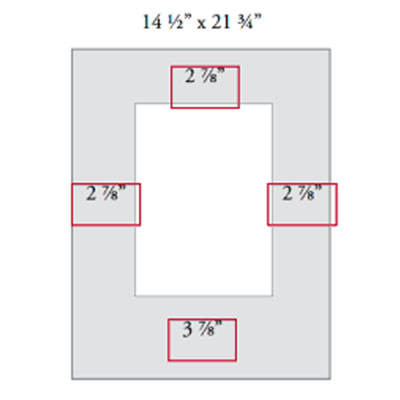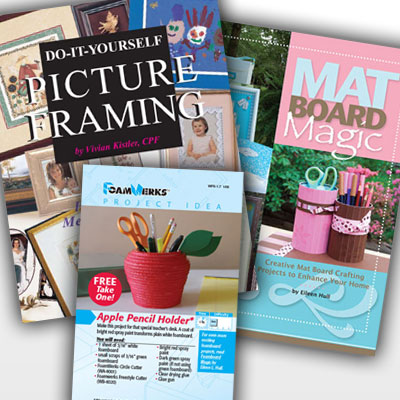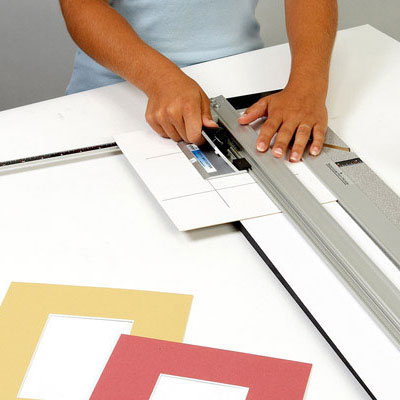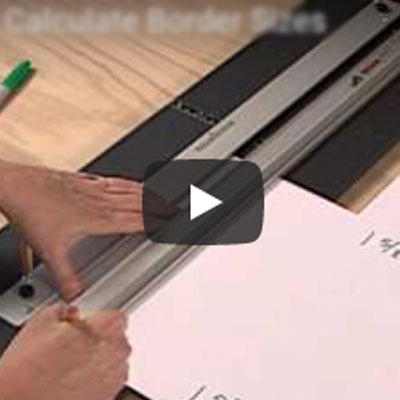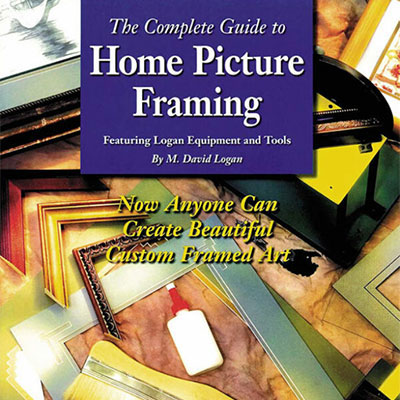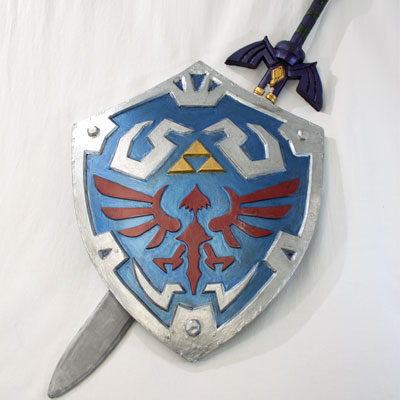If you are experiencing rough or ragged edges when cutting mats, a dull blade is probably the culprit. That seems obvious. What may not seem so obvious, however, is that you can continue cutting with a dull blade, and still get clean edges, if you take the proper measures.
If you are cutting regular mat board like Crescent's Decorative Mat Board or Bainbridge's Paper Board, you can continue getting clean edges, even after the blade is dull, as long as you use a slip sheet (sometimes referred to as a backing sheet) under the mat as you are cutting it.
How a Slip Sheets Gives You Clean Cuts
The slip sheet provides support for the mat's surface paper, preventing the erupting and breaking of the paper that occurs when the blade is dull. A slip sheet is any leftover piece of scrap mat board that is as long, top-to-bottom, as the mat you're cutting.
To continue getting clean edges, move the slip sheet every twelfth cut or so. If you cut repeatedly in the same place on the slip sheet, a rut can develop. The mat's face paper can be pushed down into that rut and ragged edges can develop.
I like to tape the slip sheet down with a couple of tabs of masking tape. Then, when I go to move it, I quickly detach it, shift it over an inch or so, align the bottom edge firmly against the squaring arm, and tape it down again. That way it doesn't get misaligned under the guide rail when I shift it.
If you are using a slip sheet properly and you are still getting rough cuts, a damaged blade may be indicated. Look carefully at the tip of the blade. It's not always easy to detect a chip and it's even harder to tell if the blade is dented. Try changing the blade and see if this fixes the problem.
Rough Edges on Cotton Core Mats
If you are cutting Rag Mat (cotton core mat board), you will probably get rough or ragged edges much sooner than you will with paper board. That's because the cotton fibers that make up the core of Rag Mat are sensitive to a dull blade and will begin to shred as the blade begins to dull. This will be detected first as a light fuzziness and as you continue to cut will become more pronounced.
While you should move your slip sheet after every twelfth cut with paper board, you should move it after every fourth cut with Rag Mat. What's more, while you may be able to continue cutting for quite some time using paper board, just by moving the slip sheet, with Rag Mat, you will have to stop and change the blade completely after about 30 cuts, even if you keep shifting the slip sheet. Blades do not last as long with Rag Mat as they do with paper board.
Any time you feel a subtle tugging or skipping as you cut, it's an indication you are getting a rough edge. Use a tool called a Mat Saver, similar to an emory board, to file away raggedness and clean up rough edges. Then move your slip sheet or change the blade and continue cutting
Use these tips and insights and you should be able to get the most mileage out of your blades and avoid rough and ragged edges.






